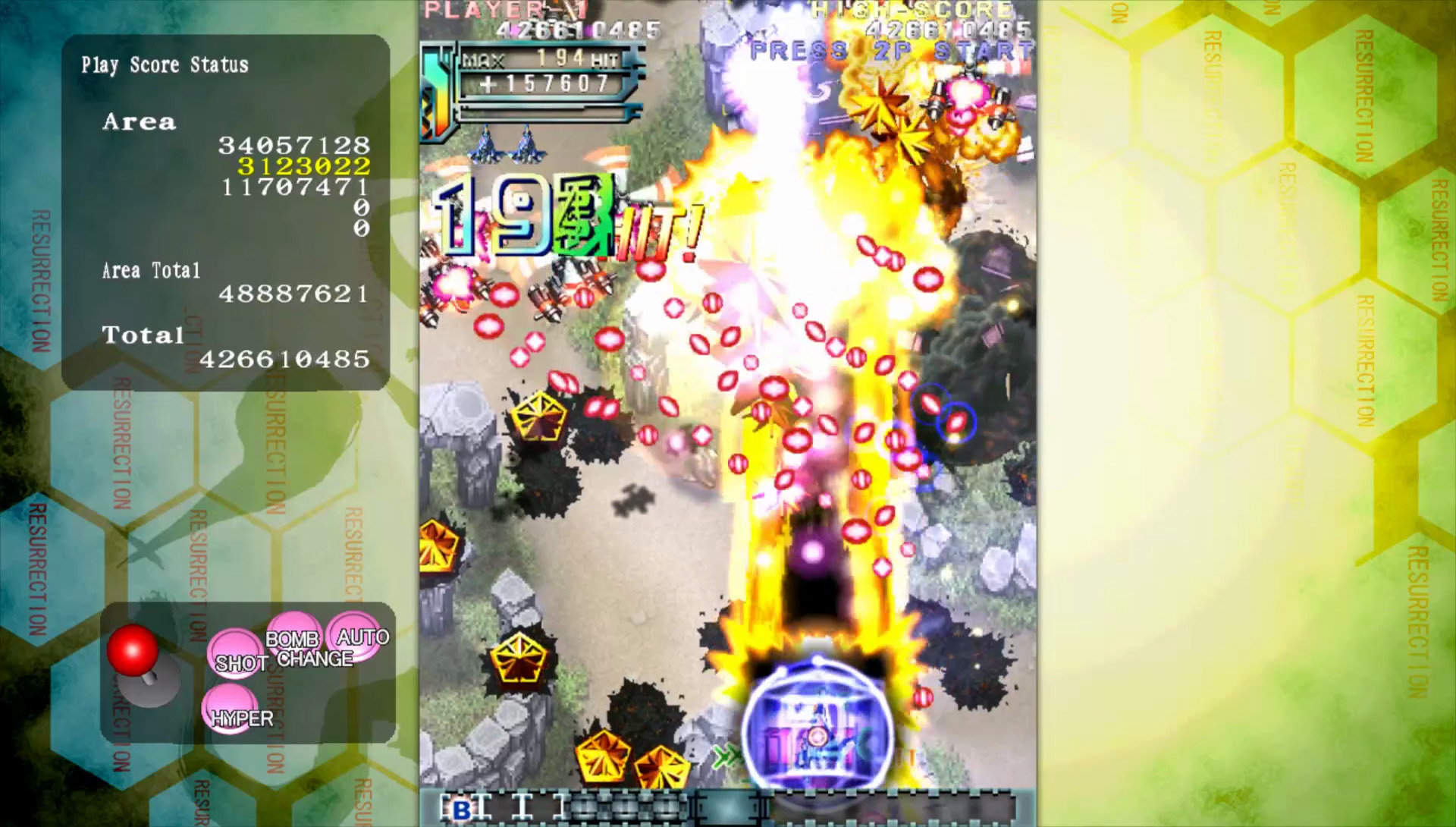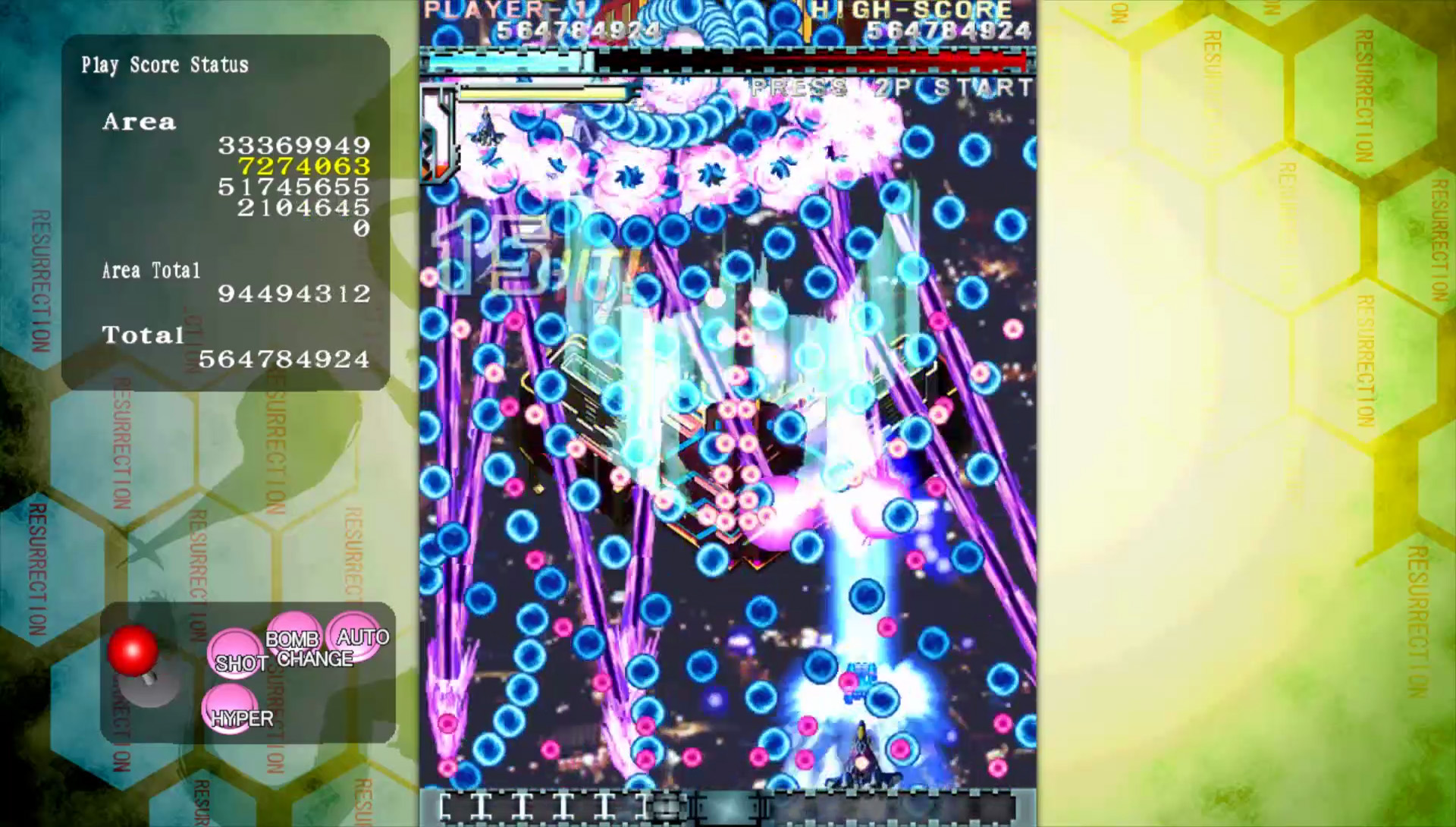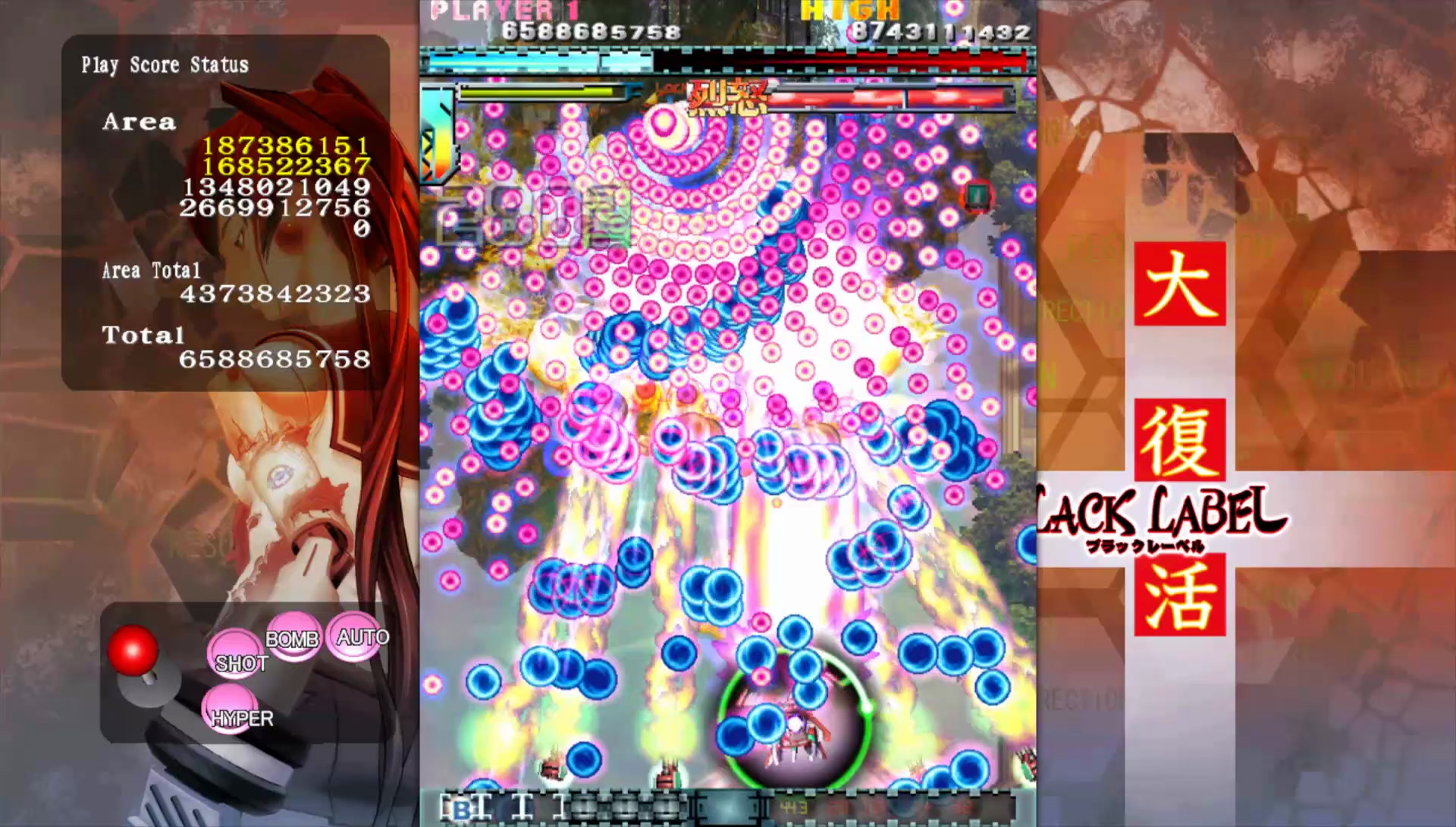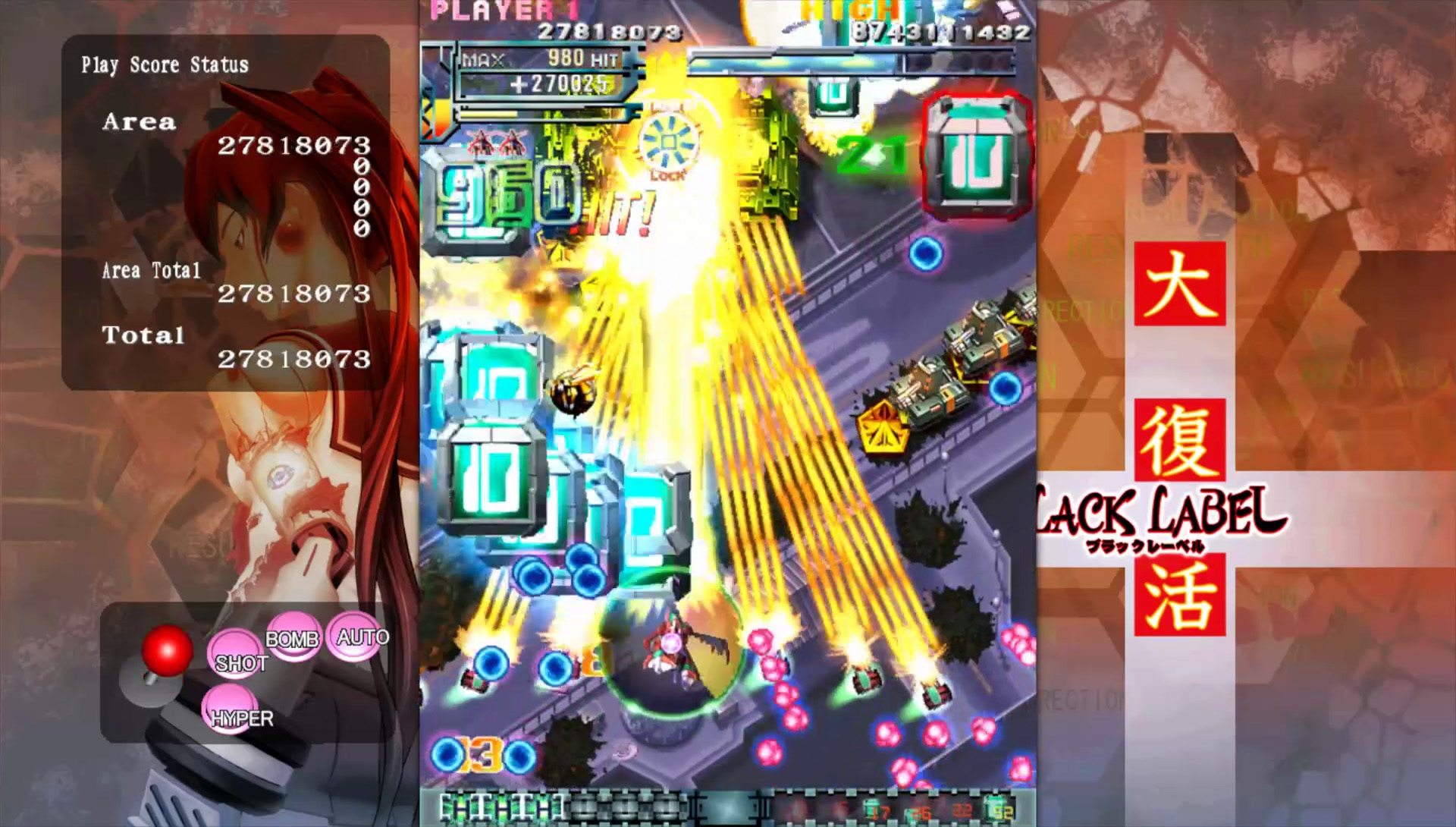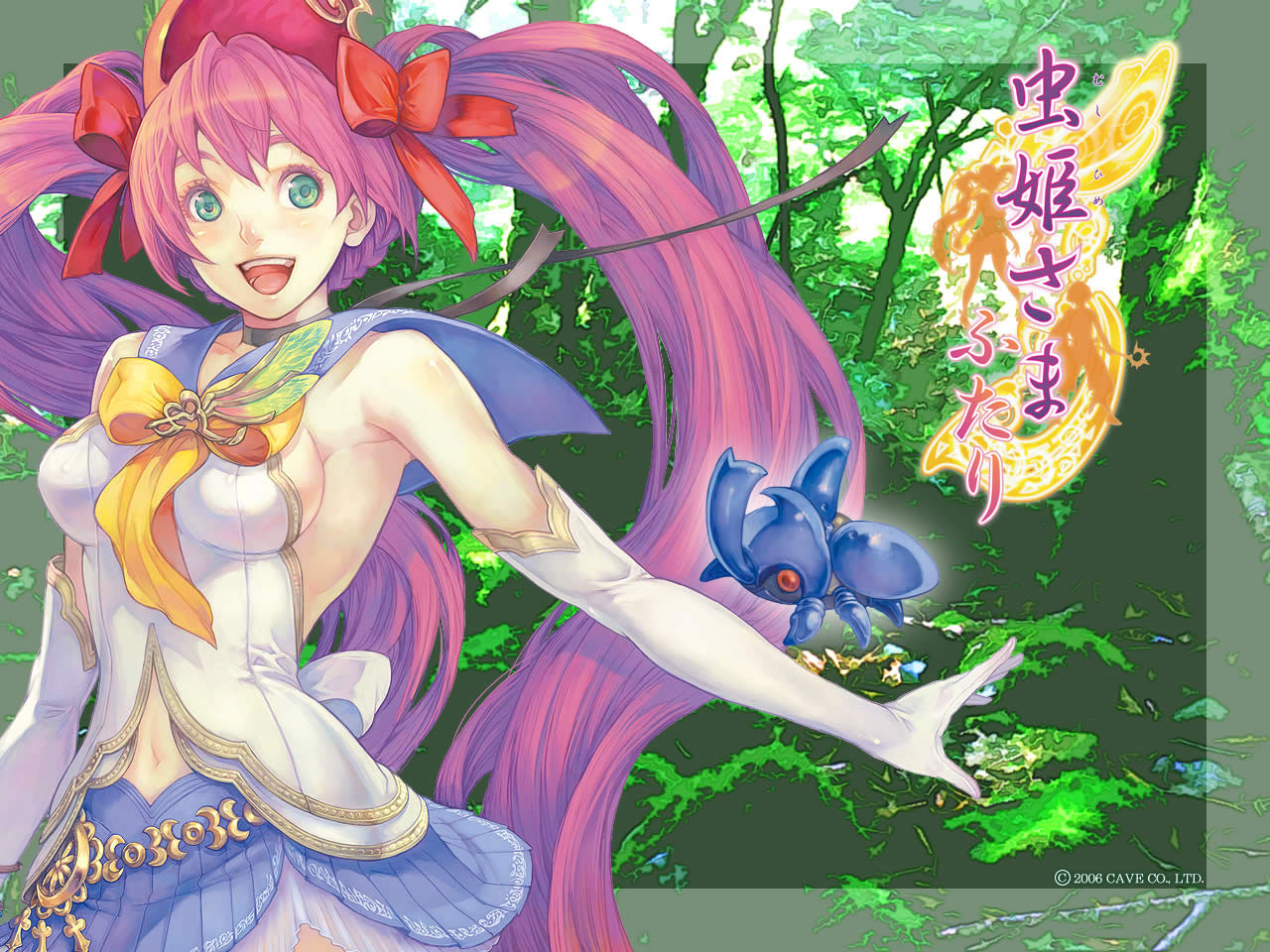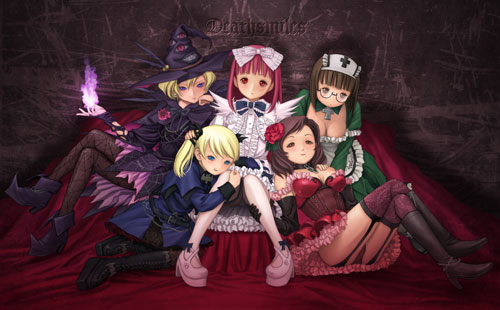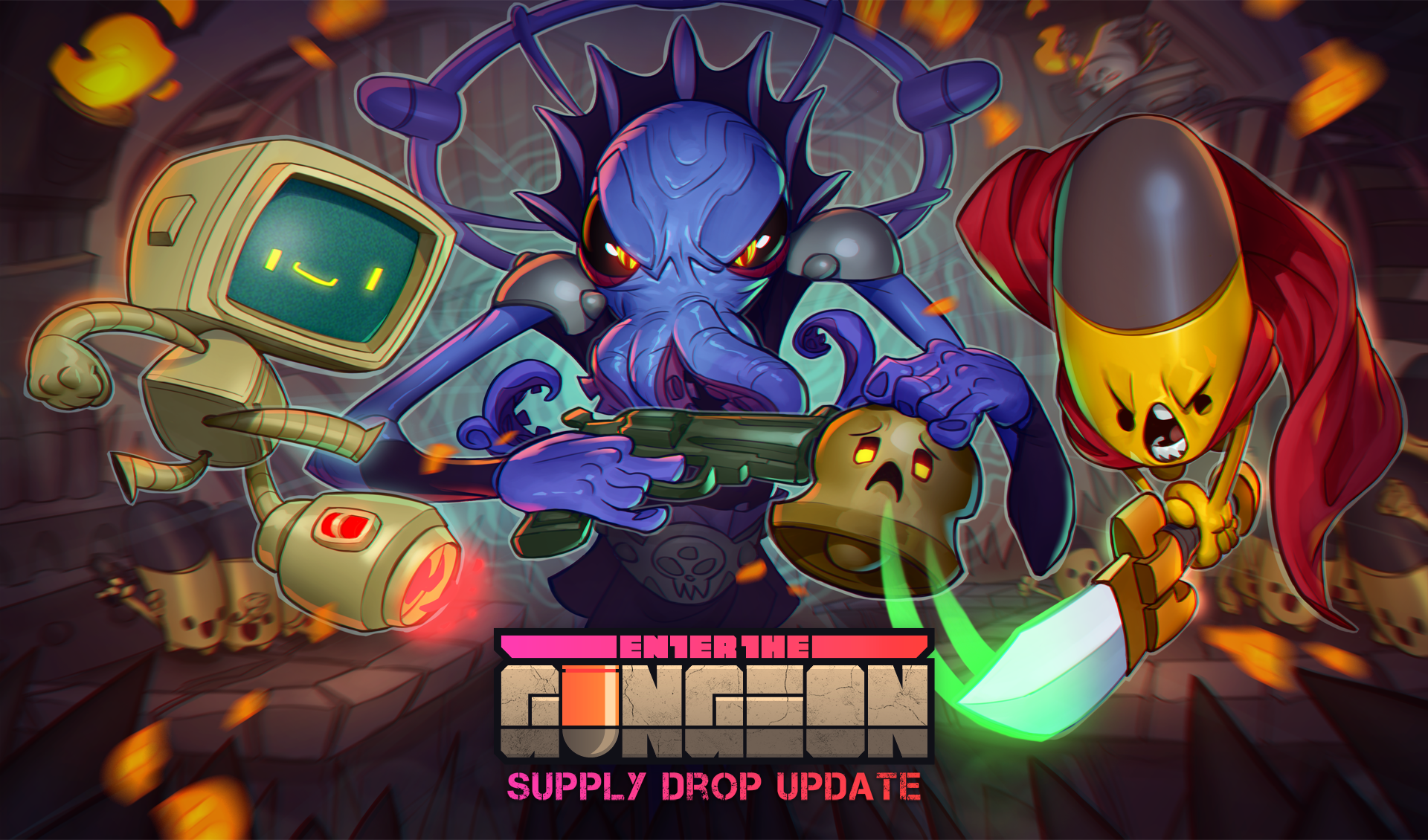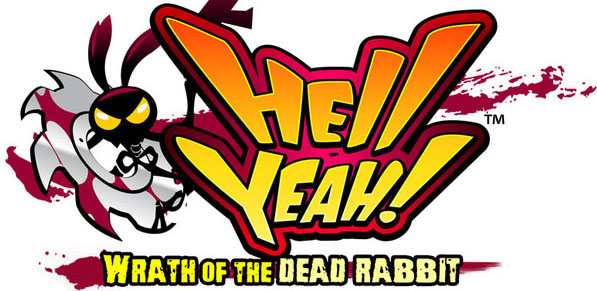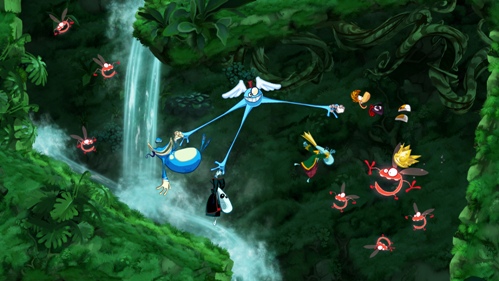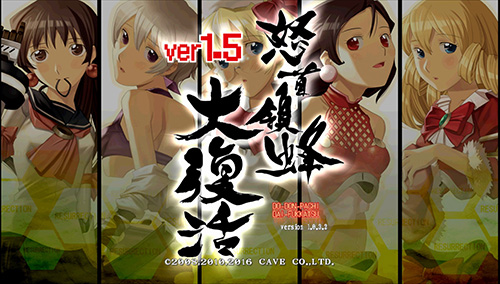
I’ve long been a huge fan of Cave’s very specific vision of the bullet hell shooter. Their efforts over the years to keep a genre often seen as outdated relevant and innovative have been admirable, and the results have been some of the finest bullet hell shooters ever created. Their crowning achievement is the Dodonpachi series, and it’s great to finally get one of these games onto our PCs.
This is Degica’s third port of a Cave title to PC, following up last year’s Mushihimesama and the release of Deathsmiles earlier this year. Those were solid, if a little buggy, ports built upon the Xbox 360 releases of both games, and so it is again here, with all the features of the Japanese Xbox 360 version of DDPR bundled in (and, thankfully, no modes are extra DLC this time around).
If I have to be honest, Dodonpachi Resurrection has never been my favourite Dodonpachi title. That honour belongs to its predecessor, Dodonpachi DaiOuJou, which stands as one of the finest shooting games ever created, and certainly the best ever example of a bullet hell game. In comparison, DDPR feels a little under-done, but it might just be the more accessible of the two games thanks to mechanics that mean even inexperienced players will be able to get relatively far.
The biggest mechanic, and by far the most controversial, that allows this is the automatic bombing. In the standard 1.5 version of Dodonpachi Resurrection, getting hit causes you to launch a bomb from your bomb stock, rather than killing you. The consequences are still pretty devastating if you play for score, as bombing ends your all-important chain, however, it means that each life can be worth up to six or seven hits.
The chaining mechanic is also revamped in DDPR. In DaiOuJou and earlier, if the chain meter emptied, the chain would immediately end. Here, that doesn’t generally happen. Instead, the hit counter starts to decrease, and only when it reduces to zero does the chain end. This makes maintaining chains while dodging in and out of the waves of bullets a lot more forgiving, and means players will easily be able to chain into the hundreds without trying too hard.
Chaining is, of course, still key to scoring. As with previous titles, the value of each enemy you’ve killed in the chain is added together, and that value is then added to your score each time you kill an enemy. With chains being potentially so much larger, this means Dodonpachi Resurrection was the highest-scoring Cave shooter at the time it came out, with scores into the tens of billions achievable after a little practice, and top players hitting well above the hundred-billion mark.
The other scoring mechanics are all still there. The maximum bonus, which you get for collecting more bombs than you need, is still vital to getting the big scores, while the bees that offered significant bonuses in previous games have been toned down. They also interact with the hyper system in DDPR, allowing you to decide between getting a big score bonus or filling the hyper meter faster so you can activate it sooner and reap the huge rewards.
If you’re new to bullet hell shooters, and still getting the hang of these basics, then you’ll be pleased to know that the PC version of Dodonpachi Resurrection, being based on the Japanese XBox 360 port, contains a Novice mode that offers simplified bullet patterns and slightly fewer enemies to ease you into the game. Even moderately skilled players should be able to get the all-important one credit clear on this mode, though going for the game’s second loop might take a bit longer.
Novice mode is just one of the eight game modes on offer in Dodonpachi Resurrection. That’s a huge number, and they’re all different enough to make the whole package worth putting a lot of time into. Here’s a quick rundown of all the available modes:
Version 1.5 (Normal): This is the standard Dodonpachi Resurrection experience. Version 1.5 of the game is a bugfix version that corrected two major issues with the original release (which Cave considers deprecated). First, it added two digits to the score, as players were able to max out the score in the original version. The other change concerns the final boss, and removes a safe spot that was possible to get to during the battle. There were also a number of smaller balance and scoring changes.
Version 1.5 (Novice): The novice mode. Easier bullet patterns and other general changes to make the game more friendly for inexperienced players.
Version 1.51 (Normal): Despite the name, this is a significantly altered version of the base game. Originally only shown off at a special event, only two arcade boards of this version are known to exist. The big change here is how the bee items work, and how bomb and hypers are mixed together. The result is a much higher-scoring version of the standard game.
Ver. B (Arrange B): One of the two arrange modes for 1.5. This is an unusual reworking of the game that tries to learn and adapt to the way the player is playing over multiple playthroughs. Levels are accessed individually (and scored individually) and it’s not possible to play through the game in sequence. It’s probably the mode that gets the least amount of play from me.
Ver. L (Arrange A): This mode can best be described as Dodonpachi Resurrection DaOuJou. The main thing it does is import the way hyper items worked in the previous title into Resurrection. The result is more a nostalgia trip than a significant change, but there are some cool ways that the older hyper system can be used. As a bonus, the end of level score tally screens use the same backgrounds as in DaiOuJou.
Black Label (Normal): Oh boy, this is fun. In Cave parlance, Black Label generally means a rebalanced, more difficult version of the game, and that’s certainly the case here. More bullets and tougher bosses make this a mode for experienced players only. It also introduces a new “RED” meter that, when filled, makes the game even harder. To balance things out, you can now fire your laser and main weapon simultaneously, which has some implications for scoring.
Black Label (Novice): This is the novice mode for Black Label, but don’t expect the game to go easy. I’d say this is about as difficult as the normal 1.5 game, but it has different patterns and that RED meter to make things interesting. If you’re finding Black Label too hard, then maybe start here to get used to it.
Black Label (Arrange): Oh boy. I was so excited when I first heard this mode was going to be included. Originally, it was only available in the Japanese XBox 360 release of the game. Why would it be exciting? Well, most players refer to it as “Ketsuipachi”, and for good reason. The game mashes together one of Cave’s greatest titles, Ketsui, with Dodonpachi Resurrection. The result is glorious and satisfying and wonderful. The main things that cross over are the player’s weaponry, with Ketsui’s lock-on mechanic being brought into the game, an the score gems that are vital for scoring in that game. Here, the gems increase both the chain and the hyper counter, making for some astronomical score potential, which is probably why this mode is limited to only one loop.
Overall then, there’s a huge amount of value in this package. It’s worth noting that every mode is unique enough to warrant putting serious time into, and its great that it’s all available on PC. Seeing the ‘Ketsuipachi’ mode brought to the West for the first time (the European digital-only Xbox 360 release didn’t include it) is fantastic and, for certain people, will be enough to justify buying the game alone for.
As a port, this is pretty decent, though there’s some minor technical hitches. The first time I started the game up, much of the text was in Japanese, and I had to go to the options menu to change it (fortunately menu names were still in English). I’ve also noticed some issues with screen tearing that don’t affect the way the game plays, but make it look a little rough. Being based on Cave’s port to the 360 means there’s all kinds of options and tweaks to make the game work however you’d like, with scaling and smoothing modes, background wallpaper options, music options (a choice between the remastered or original soundtracks) and much more. If you already purchased Degica’s Mushihimesama release, then it’s similar to that in this regard (and that, again, was based on the XBox 360 release of that game).
Dodonpachi Resurrection is an excellent bullet hell shooter that will only feel like a step back for the series if you’re familiar with Dodonpachi DaiOuJou. When that game finally comes to Steam (and surely it can’t be too long), I’ll be able to recommend it to anybody interested in playing bullet hell masterpieces on their PC. Until then though, Resurrection is just fine as well, and well worth the money if you fancy spending hours dodging Cave’s brand of burning pink death.
Lots of options, each bringing enough to the table to make them all worthwhile
Fast, intense and satisfying bullet-hell action
Probably the most accessible Dodonpachi title
Ketsuipachi!
A few rough edges with the PC port
Not the best game in the Dodonpachi series

